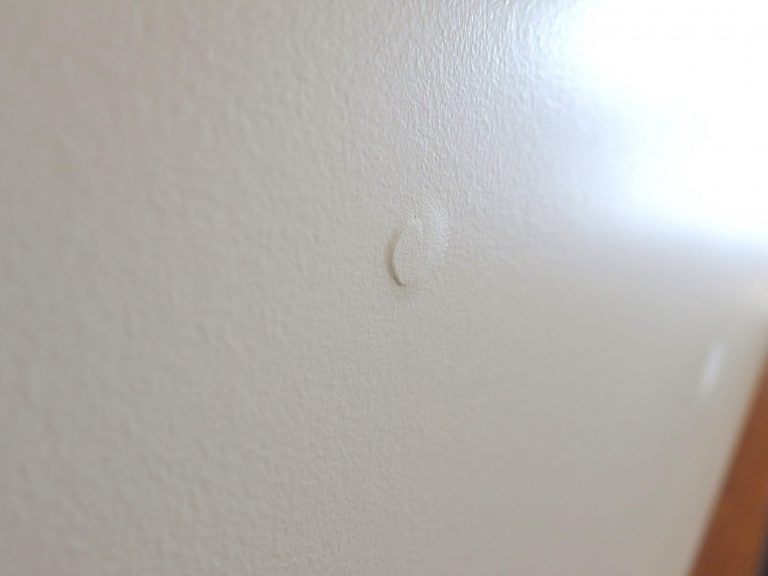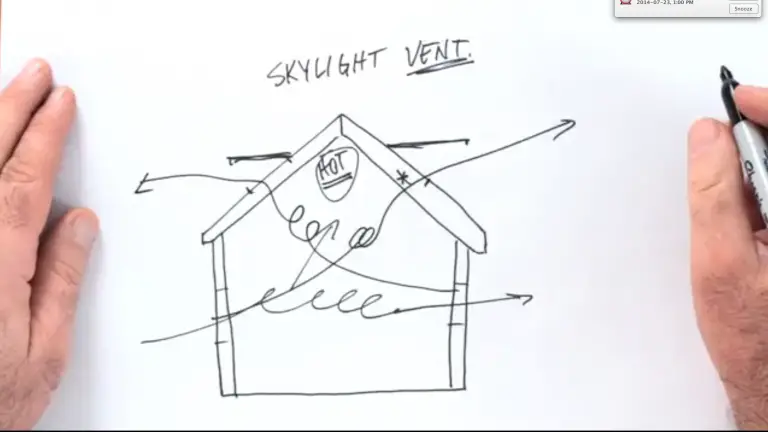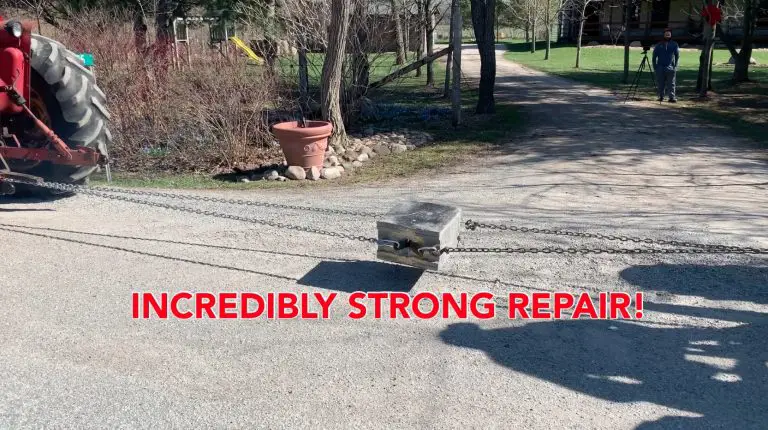
Do you get your household water from a well, lake or river? Millions of people do, and how long your water pump lasts depends in part on the size of the pressure tank you’ve got. This is where a simple, effective but little-known valve called Cycle Stop can add years to pump life. I installed one in 2015 and it’s been working better than I thought possible since then.
Cycle Time & Pump Life
The one thing all private water systems have in common is a pressure tank. Water pumps last longest when they switch ON and OFF as infrequently as possible, and this is related to the size of pressure tank you’ve got. The bigger the tank, the longer your pump stays ON filling up that tank and raising system pressure, and the fewer times switching happens. This is why long pump run times are a good thing.
By contrast, smaller tanks trigger frequent ON/OFF cycles, mostly because they fill up and empty out more often while water is being used. But even if you’ve got a lot of room for a big tank, all that wasted space is still a pain. And if a smaller space demands a small water tank (as in the job where I installed Cycle Stop), then frequent switching could easily cut pump life in half. This is the issue that Cycle Stop prevents.
Extending Run Time
The Cycle Stop valve (cyclestopvalves.com; 800-652-0207) was invented more than 25 years ago by an engineer named Cary Austin, and the valves his small company makes today are in millions of homes and many municipal water systems. To understand how Cary’s valves operate, you need to understand how an ordinary tank-equipped water system works without the help of Cycle Stop.
The heart of every private water system is the pump, and it’s controlled by a pressure switch. When water pressure in the system tank drops below a preset level – typically 30 pounds per square inch (psi) – the pressure switch energizes the pump that then delivers water to the tank. As water accumulates in the tank, internal pressure rises to a preset maximum – typically 60 psi – then the pump turns OFF. Back and forth, back and forth like this.
Besides being hard on the pump, all this switching ON and OFF means that the water pressure you experience at the tap or shower varies quite a bit with ordinary systems. Pump-killing switching and varying water pressure are the two main problems that Cycle Stop eliminates.
Constant Water Pressure
Cycle Stop maintains a constant 50 psi of water pressure output, and it does this for as long as any fixture in your house is turned ON and drawing more than 1 gallon per minute. No more onning and offing for your pump, and no more varying water pressure. The pump simply keeps running as long as the water does, delivering a perfectly steady 50 psi.
When I installed Cycle Stop in a water system, I put into a building with no room for anything other than the tiniest water tank. The performance is excellent, there are no electronics or fragile parts to break, and as a bonus, there’s also a reduction in electricity use, too.
Cycle Stop works by adding more or less resistance to water flow, aiming to maintain a 50 psi output regardless of whether one fixture or more is flowing. It’s essentially an automatic throttle, and though you’d think restricting water flow like this would be bad (and would increase electricity consumption), it’s actually easier on most types of pumps.
Connect a power consumption meter to a water pump feeding into a Cycle Stop valve, and you can see that less wattage is used compared to running the pump without the valve. This effect happens for submersible pumps and jet pumps – the two most common types used in residential water systems. Cycle Stop doesn’t work with piston pumps, so don’t even try if you’ve got this rare type.
A simple valve, longer pump life, steadier water pressure and a 25 year track record of success. Sounds like progress to me.












